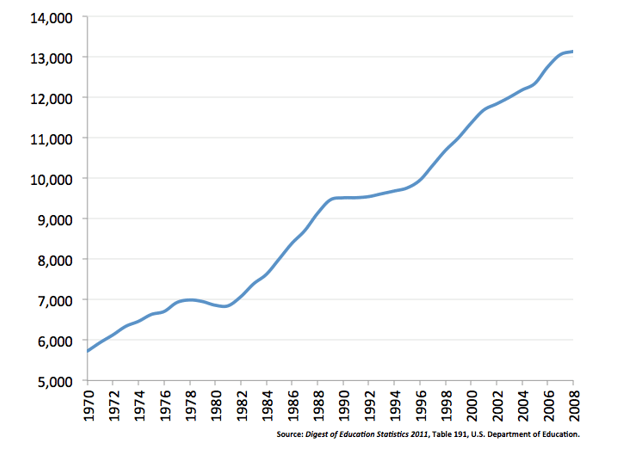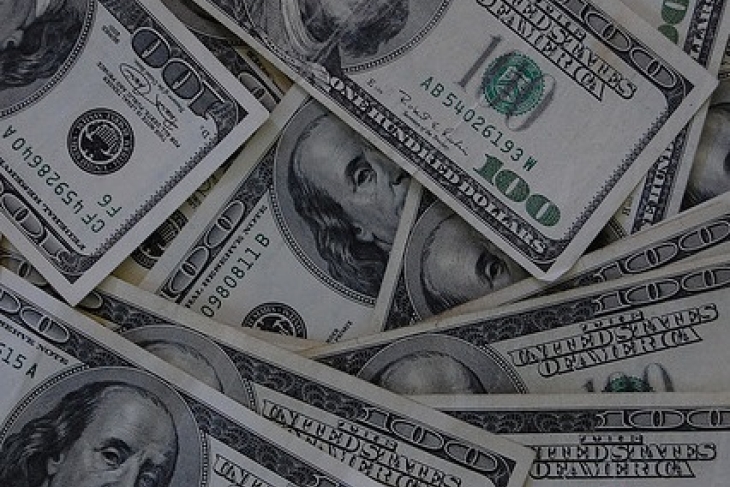On Tuesday, Georgetown University hosted President Obama, Harvard public policy professor Robert Putnam, and American Enterprise Institute president Arthur Brooks for a talk about poverty and opportunity. With typical brilliance, the three men discussed myriad issues that affect the lives of America’s most disadvantaged—offering thoughtful insights into all of them. From an education policy standpoint, however, President Obama’s call for greater investment in public schools was the most interesting.
Robert Putnam, in his new book Our Kids, argues that over the last thirty to forty years, disadvantaged youth have faced diminishing opportunities while their more affluent peers have enjoyed dramatically more. President Obama agreed, but also observed that this is nothing new. “This pattern,” he said, “is no different than what William Julius Wilson was talking about when he talked about the truly disadvantaged [thirty years ago].”
The president acknowledged that some of the challenges facing the middle class come from macroeconomic changes, such as technological innovation and globalization. But he also argued that some of it resulted from public policy choices we’ve made in recent decades. In particular, he argued that we ought to be “making investment in good public schools, public universities; investments in public parks; investments in…public infrastructure that grows our economy and spreads it around.” Yet these have “been under attack for the last thirty years. And so, in some ways, rather than soften the edges of the market, we've turbocharged it. And we have not been willing, I think, to make some of those common investments so that everybody can play a part in getting opportunity.”
I agree with the president. How could you not? But was he right when he repeatedly claimed that we haven’t been investing in public goods? In particular, have we disinvested public education of funding in recent decades?
Consider the following figure that shows per-pupil spending over the last forty years. Since 1970, adjusting for inflation, American schools’ per-pupil spending has increased 130 percent. If fact, of the thirty-nine years represented in the figure, spending went up in thirty-six of them. And according to the U.S. Department of Education, even the most conservative projections predict similar increases through the present day.
Per-pupil expenditures are up 130 percent since 1970
Per-pupil total expenditure in average daily attendance in constant 2009–10 dollars
The president used the word “invest” often at the event—nineteen times, in fact. And to be sure, he didn’t always mean money; at least once he was referring to parental energy. But if we’re talking about investing in public goods like education and infrastructure, tax dollars are going to be involved in one way or another. In the case of infrastructure, I couldn’t agree with him more. Just this week, we had a deadly train crash in Philadelphia that could’ve been prevented by available safety features. And too often the only thing standing between an unemployed person and a job is public transportation. But when it comes to education, the financial investment has been and is being made. The rising line in the aforementioned figure suggests that money isn’t lacking—it's being used and budgeted poorly. Let’s fix that first.

